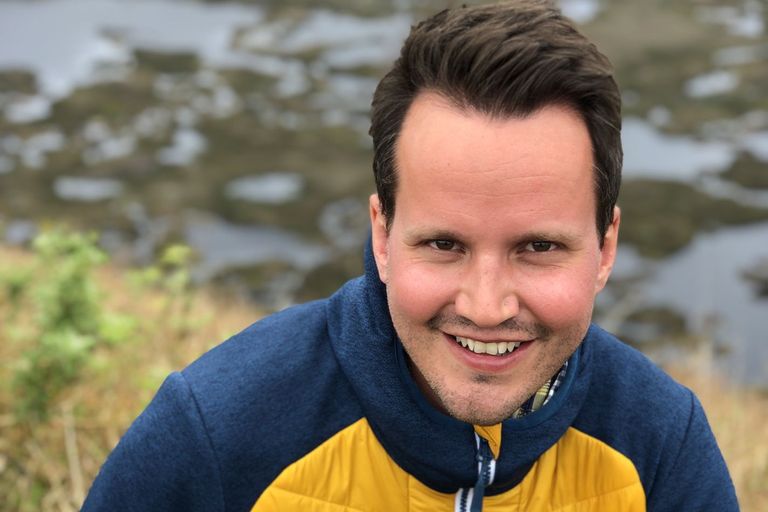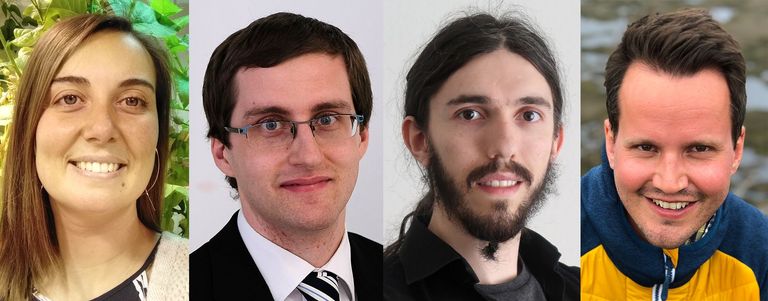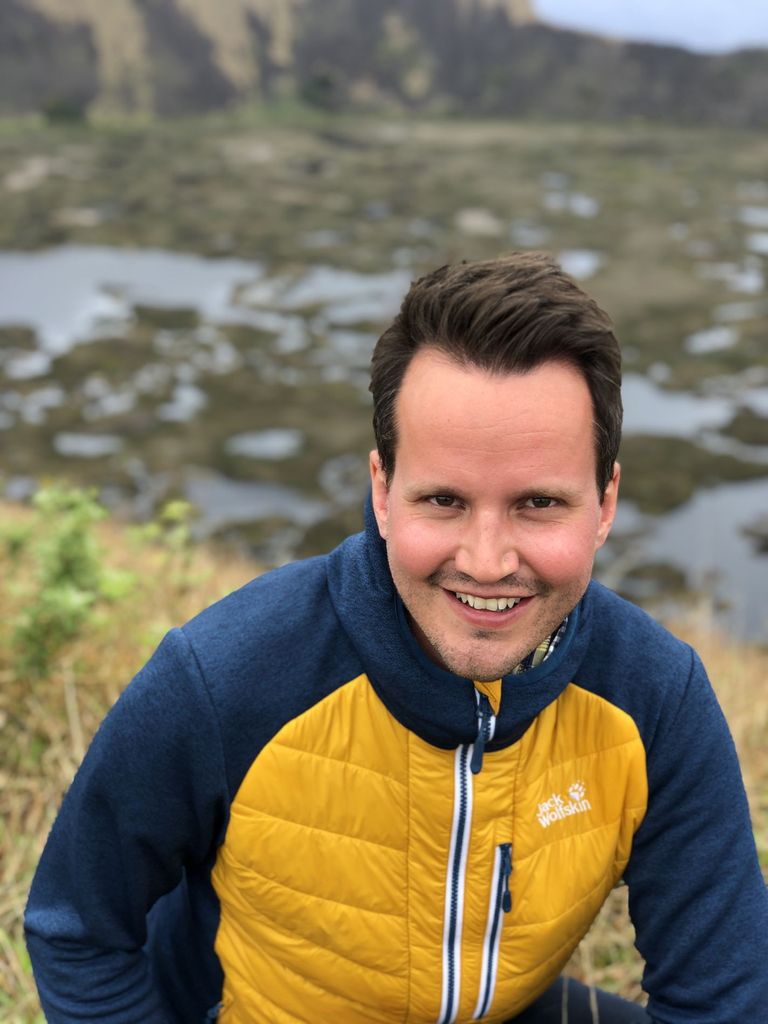Sitting over the microscope from 7 a.m. to 7 p.m., with a lunch break of an hour in between… One can imagine more exciting things, but this was the years-long work routine of doctoral student Fabian Rey. "At times, I thought that it was a never-ending story," he says. But Rey was driven by ambition. "I am the kind of guy who wants to get an A+ together with a fancy sticker."
Fabian Rey is the first to get a doctorate in his family. Hailing from Aargau, his father was a technician, his mother a trained hairdresser. Even their young son did not see his future in science. His childhood dream was interior design, and after high school, he first wanted to complete a carpenter apprenticeship. But many companies turned down his application on the grounds that he was "overqualified". So he went on to attend cantonal school and university after all. When he realised that architecture required a lot of mathematics, statics and physics, he changed his plans. "I have always been very interested in classical geography," he says. So he opted for geosciences. During his bachelor studies at the University of Basel, he specialised in biogeography and meteorology, the latter of which complemented his paragliding hobby. He moved to the Oeschger Centre for Climate Research at the University of Bern for his Master's degree. And it was here that he discovered what still occupies him today: pollen.
Rey analysed countless samples in the research on his master thesis and then took it to the extreme in his doctoral thesis. He examined sediment samples from Burgäschi and Moos lakes, both located in the Bernese region of the Swiss Plateau. "In contrast to drill cores from moorland, for example, the lake bottom is undisturbed," explains Rey. He adds, “there were no grazing animals or destruction through peat mining." With every meter of material, the researchers go further back into history. One meter of lake sediment corresponds to about 500-1500 years. Plant remains provide information on how the vegetation grew and changed over a certain period of time, whether the climate was dry or humid and whether it was cool or warm.
This kind of research has been done for a long time. What distinguishes Rey’s work is its precision and temporal resolution. While ordinary analyses show dating ranges in the order of centuries, his accuracy is in the range of 10 to 15 years. This is made possible by the large number of samples he had analysed: about a thousand of them, each with around 500 pollen. "A laborious task," indeed. This chronological precision is of great importance for studying settlement history. Archaeological excavations prove that lake-dwelling settlements, for example, often only exist for 10 to 20 years. "A date that fluctuates around 100 or 200 years is of no use," says Rey. From his lake sediment samples, he was also able to reconstruct settlement movements using radiocarbon-dated methods and show, for example, that environmental pollution caused by humans is not recent. People were dumping faeces and municipal waste in lakes even thousands of years ago. Rey exclaims, "I wouldn't have wanted to bathe there anymore."
The effort was worth it: Rey received the highest grade for his work and has now been awarded the Prix Schläfli in Geosciences by the Swiss Academy of Sciences. "This is an appreciation not only for me, but for the whole field of research. You don't read about that in the papers every day," he says.
Rey has been since two years the Laboratory Head of the Geoecology Research Group at the University of Basel. "I am very happy to be part of this research. I enjoy it." he says. He is especially happy to be involved in a project that follows on from his dissertation: sediment analyses of lakes in the area in cooperation with the Archaeological Department of the Canton of Thurgau. This project, which will provide information on the history of settlement in eastern Switzerland, suggests that Fabian Rey is, above all, a storyteller, telling the history of mankind with the help of the smallest, hardly perceptible contemporary witnesses - "oral history" of a paleoecologist.
Astrid Tomczak-Plewka





